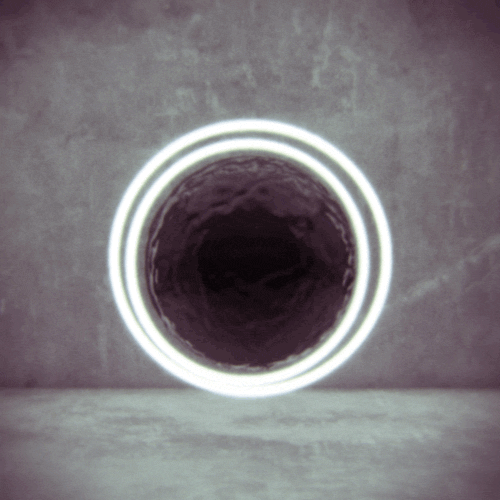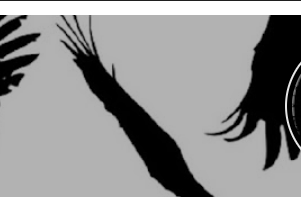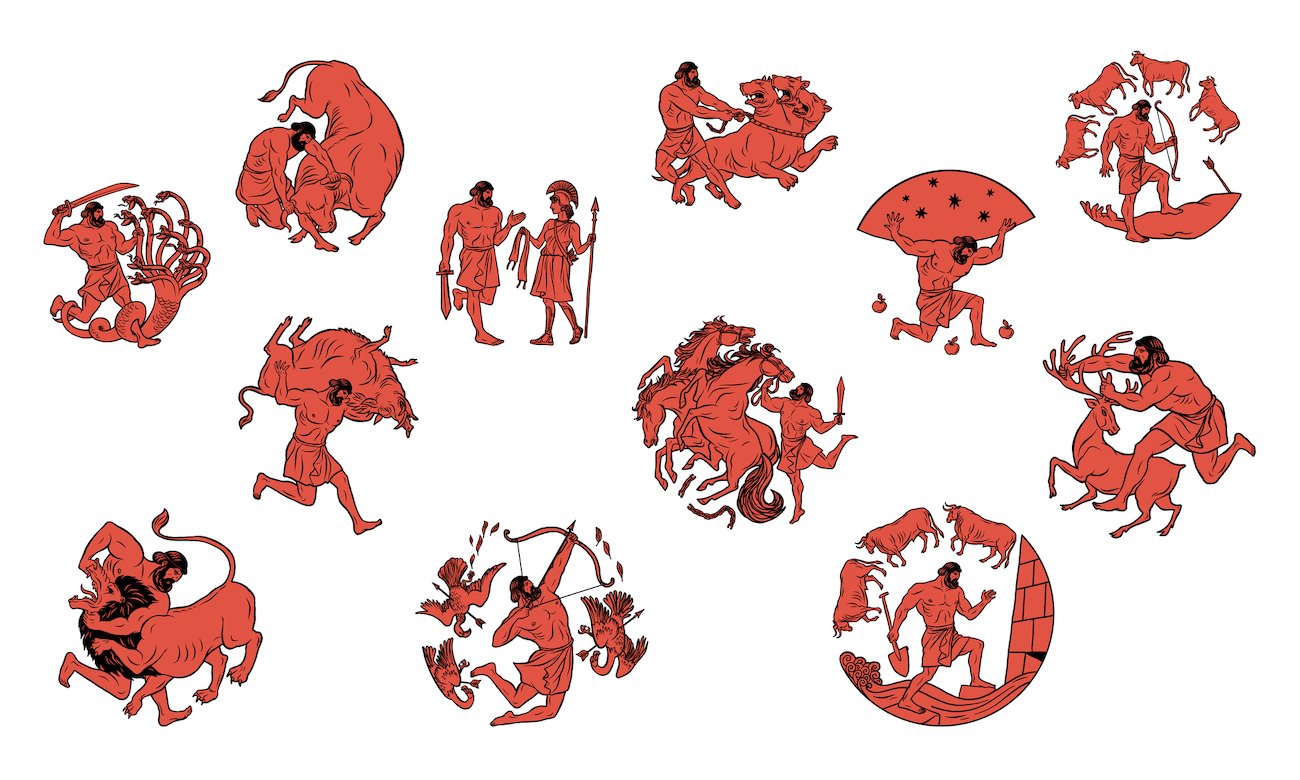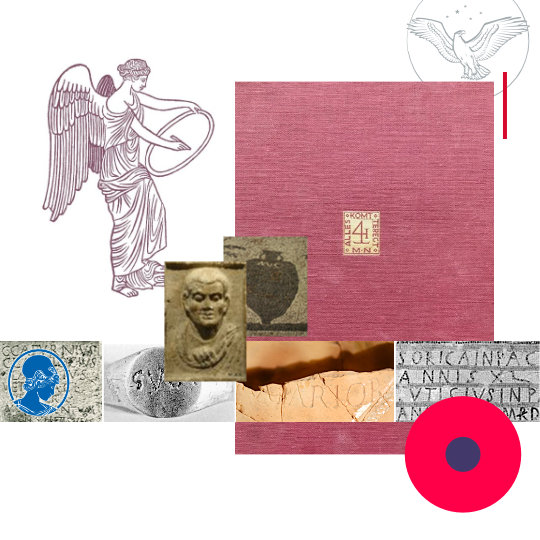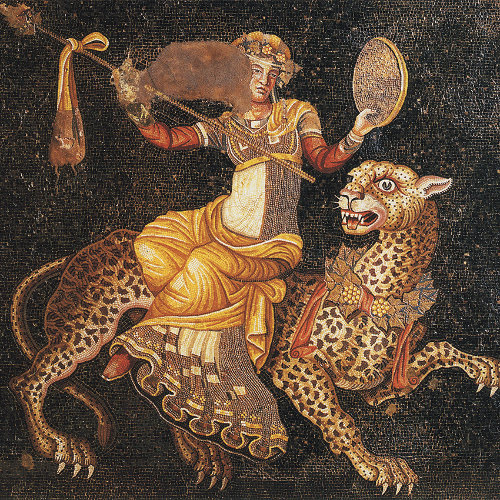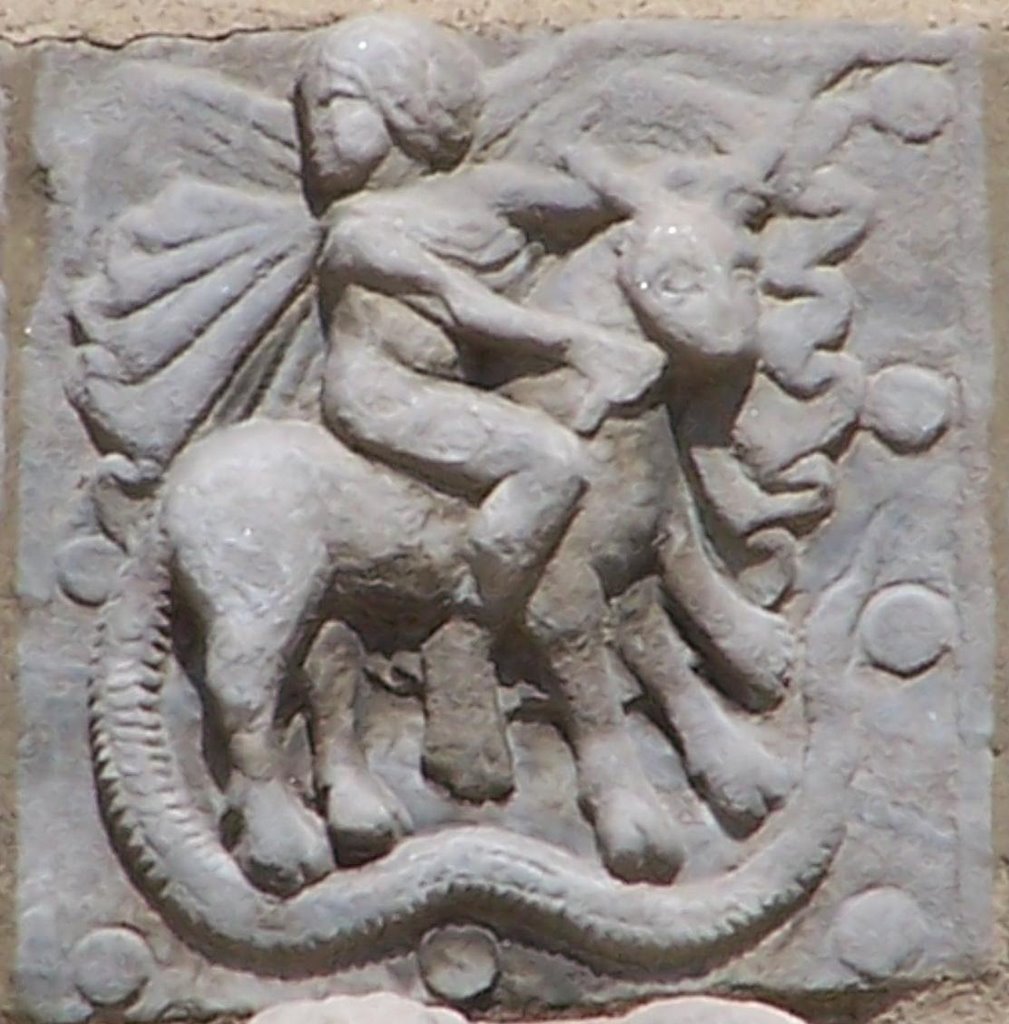We’ve put together a new table of cross-references of monuments to Mithras in several databases, including Vermaseren’s Corpus, Cumont’s Textes, CIL, l’Année épigraphique, Clauss / Slaby and Heldeiberg’s epigraphic databases, and more.
You can find all the references to multiple databases on one page here:
Table of references for mithraic artefacts.
We’re constantly adding new references to The New Mithraeum, so feel free to check it out to see what’s new!
